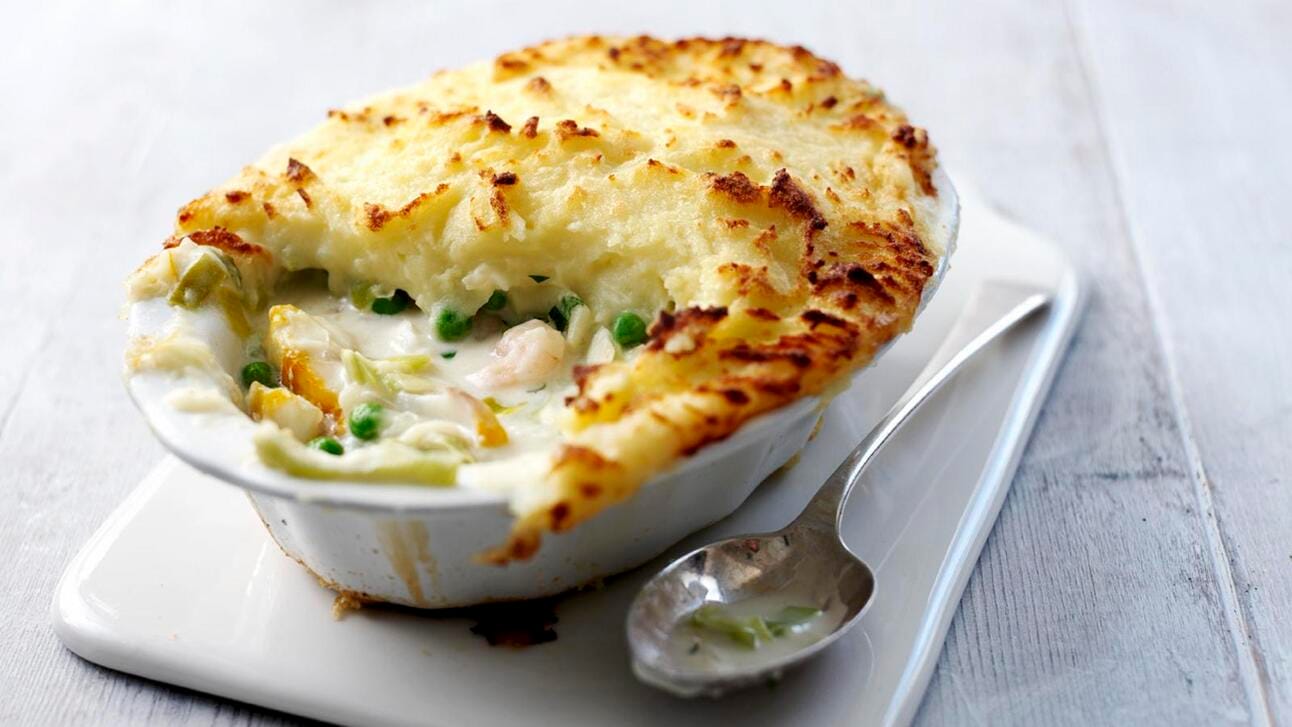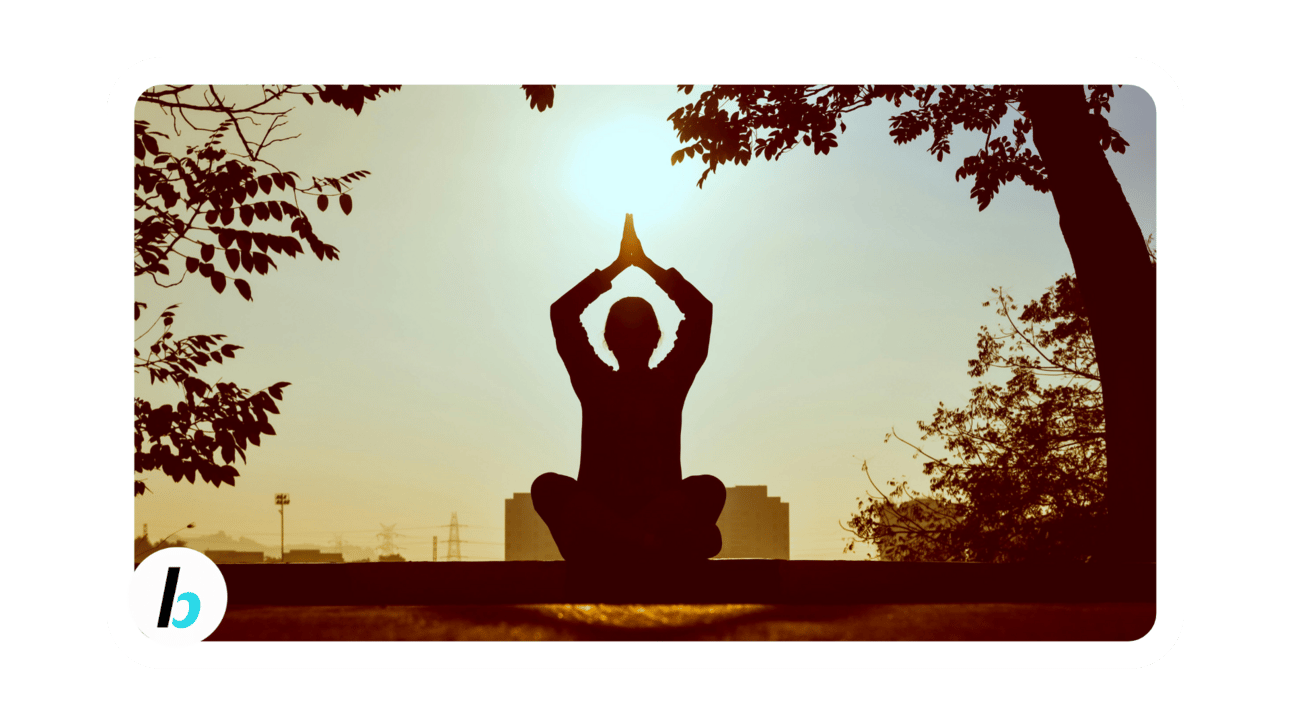Hey fitness nerds!
Thank you all {{active_subscriber_count}} of you!
Struggling with sleep?
A strategic breathing routine before bed could be the game-changer your sleep cycle needs.
Research shows proper breathing techniques can reduce sleep onset time by up to 15 minutes.
Read 🔽 below!
😴
IN LESS THAN 10 MINUTES WE WILL COVER:
Weekly Insights:
Breath work before bedtime to drastically improve sleep
Article Explained Simple: Eating this before bed!
Top 3 Foods for a Strong Heart
Healthy Fish Pie Recipe
Fuel Your Ambitions
40g protein, plus 27 essential vitamins & minerals
Ready in 30 seconds – just shake, sip, go
New customers get 15% off with code BEHUEL15
Breath work before bedtime to drastically improve sleep

Poor sleep affects everything from recovery to hormone balance. Breathing techniques offer a simple, medication-free solution.
The 4-7-8 breathing technique is particularly effective. Inhale quietly through your nose for 4 seconds, hold your breath for 7 seconds, then exhale completely through your mouth for 8 seconds.
This pattern activates your parasympathetic nervous system, countering the stress response that often prevents sleep.
Box breathing provides another option. Inhale for 4 seconds, hold for 4 seconds, exhale for 4 seconds, and hold empty lungs for 4 seconds.
This technique is used by Navy SEALs to maintain calm under pressure and works equally well for sleep preparation.
Diaphragmatic breathing increases oxygen saturation while lying down. Place one hand on your chest and another on your abdomen. Breathe deeply so your abdomen rises more than your chest. This reduces shallow breathing patterns that can signal stress to your body.
For best results, perform your chosen technique for 5 minutes before bed in a dark, quiet environment. Consistency is key – the effects compound over time as your body learns to associate these breathing patterns with sleep.
Research shows regular practitioners fall asleep 37% faster and experience 28% fewer nighttime awakenings after two weeks of consistent practice.
These techniques work by lowering cortisol levels, reducing blood pressure, and slowing your heart rate – creating the physiological conditions necessary for quality sleep.

Fitness and health enthusiasts - We have a lot of things in store for you!
Check out busybody.io - and join the waitlist for our brand-new AI health app.
Article of the Week
Article Explained Simple: Eat this before bed!
The study found that certain bedtime snacks promote better sleep while others disrupt it. High-carbohydrate, low-protein meals consumed 1-2 hours before bedtime increased sleep duration and reduced nighttime awakenings.
Specifically, complex carbohydrates like oatmeal, whole grain toast, or sweet potatoes raise serotonin levels, promoting sleepiness. Foods containing the amino acid tryptophan (milk, turkey, eggs) also improved sleep quality by supporting melatonin production.
Conversely, high-fat, spicy foods, and alcohol all decreased sleep quality. High-fat meals lengthened the time to fall asleep, while spicy foods increased body temperature, disrupting the natural cooling process necessary for sleep. Alcohol, despite its sedative effects, reduced REM sleep and increased awakenings.
Timing matters significantly. Eating within 30 minutes of bedtime disrupted sleep for most participants, while 1-2 hours before bedtime was optimal.
Fascinating Fact:
Eating kiwi fruit one hour before bedtime has been shown to increase sleep duration by 13% and sleep efficiency by 5%, likely due to its high serotonin content.
We have also started a referral program where you can earn prizes for referring your friends to this newsletter.
What other topics do you want me to write about?
Top 3 Foods for a Strong Heart

Fatty Fish
Salmon, mackerel, and sardines are rich in omega-3 fatty acids, particularly EPA and DHA.
These reduce inflammation, lower triglycerides, and decrease blood pressure. Just two servings weekly can reduce cardiovascular disease risk by 36%.Fatty fish also contains vitamin D and selenium, which reduce plaque buildup in arteries.
Research shows individuals who consume fatty fish regularly have significantly lower rates of sudden cardiac death.Berries
Blueberries, strawberries, and blackberries contain anthocyanins which are potent antioxidants that reduce oxidative stress and inflammation.
Daily berry consumption has been linked to an 8% reduction in heart attack risk.Berries also improve endothelial function (how well your blood vessels dilate and contract) and reduce LDL oxidation, a key factor in atherosclerosis development. Their high fibre content helps manage cholesterol levels.
Nuts and Seeds
Walnuts, almonds, flaxseeds, and chia seeds provide heart-healthy unsaturated fats, fibre, and plant sterols that help lower cholesterol. Just a handful (1.5 ounces) of nuts daily is associated with a 35% reduction in heart disease risk.
They're also rich in arginine, which helps produce nitric oxide – a compound that relaxes blood vessels. Their low glycemic impact helps maintain stable blood sugar levels, reducing cardiovascular strain.
These foods benefit heart health because they address multiple pathways of cardiovascular disease simultaneously – inflammation, cholesterol management, blood pressure regulation, and endothelial function.
Vote below to choose the diet for next week’s recipe
Healthy Fish Pie Recipe (makes 6 servings)
A comfort food classic reimagined with higher protein and lower calories.
This hearty dish provides exceptional nutrition with omega-3 fatty acids, quality protein, and essential minerals.
This recipe was created in 2 minutes with the BusyBody App. Click the button for free access to the app.

Macros per serving
Total Calories: 320 kcal
Protein: 28 g
Carbohydrates: 25 g
Sugars: 4 g
Fat: 12 g
The Ingredients
For the filling:
500g mixed fish (cod, salmon, haddock), cubed
150g raw peeled prawns
250ml skimmed milk
1 bay leaf
2 leeks, finely sliced
100g frozen peas
1 tablespoon olive oil
2 tablespoons plain flour
1 tablespoon fresh dill, chopped
Salt and pepper to taste
For the topping:
600g cauliflower, cut into florets
300g potatoes, peeled and chopped
2 tablespoons Greek yoghurt
30g reduced-fat cheddar, grated
1 tablespoon wholegrain mustard
Preheat oven to 200°C/180°C fan/gas mark 6.
Place fish in a large pan with milk and bay leaf. Simmer gently for 5 minutes. Remove fish with a slotted spoon, reserving milk.
In another pan, sauté leeks in olive oil until soft. Add flour and cook for 1 minute. Gradually add reserved milk, stirring continuously until thickened.
Stir in fish, prawns, peas, and dill. Season and transfer to an ovenproof dish.
For the topping, boil cauliflower and potatoes until tender. Drain well and mash with Greek yoghurt and mustard.
Spread topping over filling and sprinkle with cheese. Bake for 25-30 minutes until golden.
This pie keeps well in the refrigerator for 3 days or can be frozen for up to 1 month.
Make your dream of working online a reality and start a newsletter - join beehiiv for free and don’t pay any renewal until you grow your subscriber base >2500 subscribers.
I’ve personally tried plenty of other platforms and Beehiiv is hands down the best and easiest to use.



